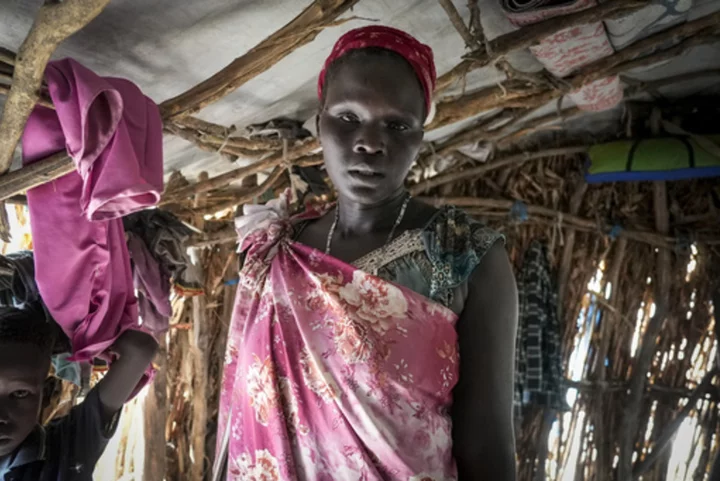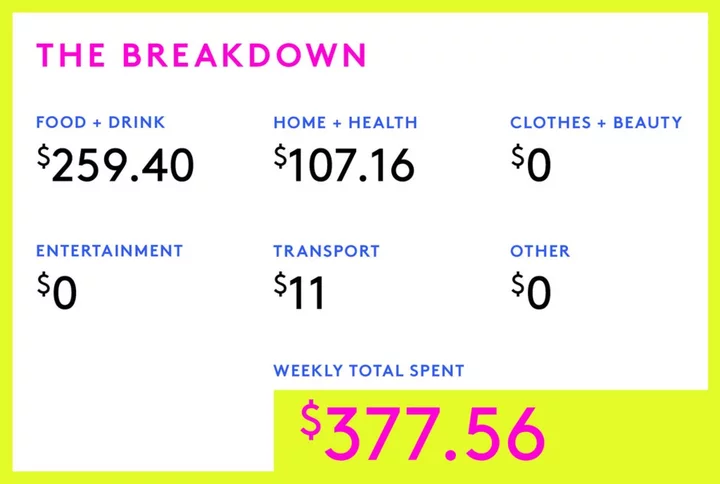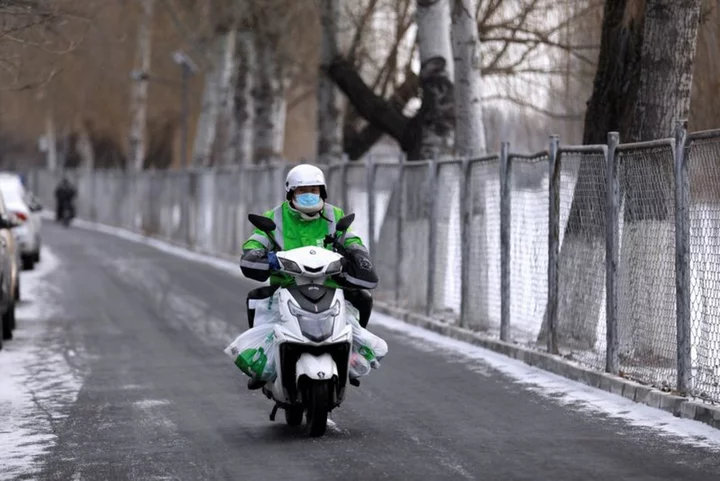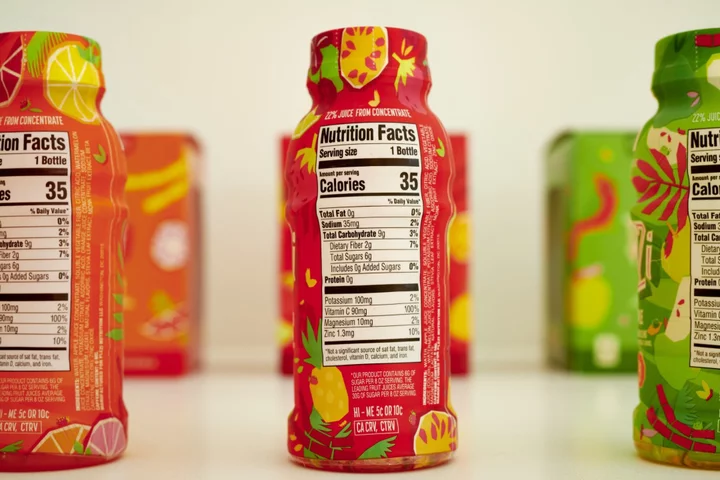CANAL-PIGI COUNTY, South Sudan (AP) — Moments after gunshots and explosions rang out in Khartoum, killing civilians and damaging buildings, Nyarok Gach grabbed her eight children and reluctantly began the treacherous journey home. Four years ago she had crossed into Sudan, fleeing civil war in her native South Sudan, but the place she hoped would be a refuge turned out to be anything but.
Now she's back in South Sudan, but it's a country still in turmoil.
“The suffering we fled in Sudan is the same suffering we have now,” said Gach. Sitting on a straw mat in the impoverished village of Wunlueth in South Sudan’s Canal-Pigi County, the 35-year-old said she has come home to misery. Her village has been plagued by floods, people don’t have access to clean water or food, and violence in parts of the country persists despite a fragile peace deal signed in 2018 to end fighting that killed nearly 400,000 people.
More than 40,000 people — mostly South Sudanese — have crossed the border since Sudan erupted in conflict nearly a month ago. Many are returning to areas unable to support to them and still riddled with fighting. Five years of war and unprecedented floods have pushed South Sudan into a dire situation with more than 75% of the nation’s 12 million people in need of humanitarian assistance and nearly 3 million on the brink of starvation.
Earlier this month, the United Nations warned that 180,000 South Sudanese could return by August and called for more than $95 million in urgent assistance.
“People are arriving at border areas that are extremely difficult to access, often in areas where the few existing roads are likely to flood when the rains start in the coming days,” said said Peter Van der Auweraert, South Sudan’s acting humanitarian coordinator.
“If we do not act now, there is a high risk that vulnerable families will be stranded in inhospitable border areas for the duration of the rainy season, which will increase their suffering and the costs of providing assistance.”
Most people are crossing into South Sudan’s northern town of Renk, in Upper Nile state, where some 6,000 are sheltering in a makeshift transition center with thousands more scattered throughout the town, according to government statistics. Some have been flown out of the nearby border town of Paloch in chartered planes funded by generous businessmen from the capital, Juba, while nearly 2,000 others have traveled by boat along the Nile to the state capital of Malakal.
But aid workers say many people either don’t have the means to get home or don’t want to return to their villages because of security concerns.
Violence between fighters aligned to the government and opposition armies in Upper Nile state spiked last year, killing hundreds and displacing thousands. Senior government officials and military officers are implicated in human rights violations such as widespread attacks against civilians, killings, rape and sexual slavery, said a report last month by the United Nations Commission on Human Rights in South Sudan.
Many who do return are going back to remote villages, like Wunlueth, with no roads, little access to health care or food and which are already struggling to host an influx of displaced people from last year's fighting. Gach's family are among some 100 residents who returned to her village, traveling by bus, boat and walking barefoot for hours to get there. Her village is buckling under the pressure of 18,000 displaced people — more than the village’s population — who fled their homes due to violence.
“Those people who come from Khartoum, they need support. But myself, we have no support. We are not able to support them. We need ... to give them the shelter, and food and medicine and clean water,” said Simon Ajak, head of the area.
Funding cuts before Sudan’s conflict, meant that organizations were already scaling back assistance. The World Food Program has only been able to reach 50% of people facing crisis levels of food insecurity and now has to reallocate help to those fleeing Sudan, further cutting assistance to communities in crisis, said Mary-Ellen McGroarty, representative and country director for WFP in South Sudan. The war is also disrupting supply chains. WFP has 7,000 tons of grain stuck in Sudan, enough to support 100,000 people for several months, she said.
As Sudan’s fighting continues there’s concern that it’ll inflate prices — the cost of a food basket has risen nearly 30% in South Sudanese states along the border since the conflict broke out — and that traders, who get much of their goods from Sudan, won’t have anything to sell.
“I brought this food from Sudan,” said Wawic Gatluak a shopkeeper in the market in Wunlueth, pointing to his stock of goods. “When these things finish, I can’t go back and get more,” he said.









